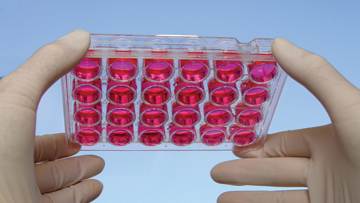You have 1 free article remaining this month.
Subscribe to the RP Witness for full access to new articles and the complete archives.
When I speak on this issue, I am often asked what should be done with all the embryos frozen in fertility clinics. The best estimates are that there are around 400,000 embryos frozen in the U.S. Most of these are still slated to be used in attempts to have children. A small percentage of them are hanging in limbo because their parents do not plan to use them and have not yet decided what to do with them. Proponents of embryonic stem cell research argue that it is better to use the embryos for research than to throw them away.
This is an example of a false dichotomy. These are not the only choices and, even if they were, it would not necessarily mean that the embryos should be used in research. (Would we argue that the organs of a death row inmate automatically should be harvested because “he is going to die anyway”?)
The answer to the dilemma of the frozen embryos is twofold. First, we must stop producing so many excess embryos. In vitro fertilization can be done without freezing excess embryos. In fact, embryo freezing is against the law in Italy and, as a result, researchers have made serious progress developing techniques for freezing eggs instead. Reproductive medicine in the U.S. has been largely unregulated, and one unfortunate consequence is the mindless practice of fertilizing far too many eggs during in vitro protocols. Once the supply of excess embryos is cut off, we have a realistic chance of catching up to this problem.
The second thing that must be done is to find positive alternatives to destroying embryos that are already frozen. The best option currently available is to give them up for adoption. These “snowflake adoptions” are becoming more popular. One in seven couples in the U.S. struggles with infertility. If snowflake adoptions were made affordable and readily available, we could largely handle the excess embryos currently waiting in freezers.

